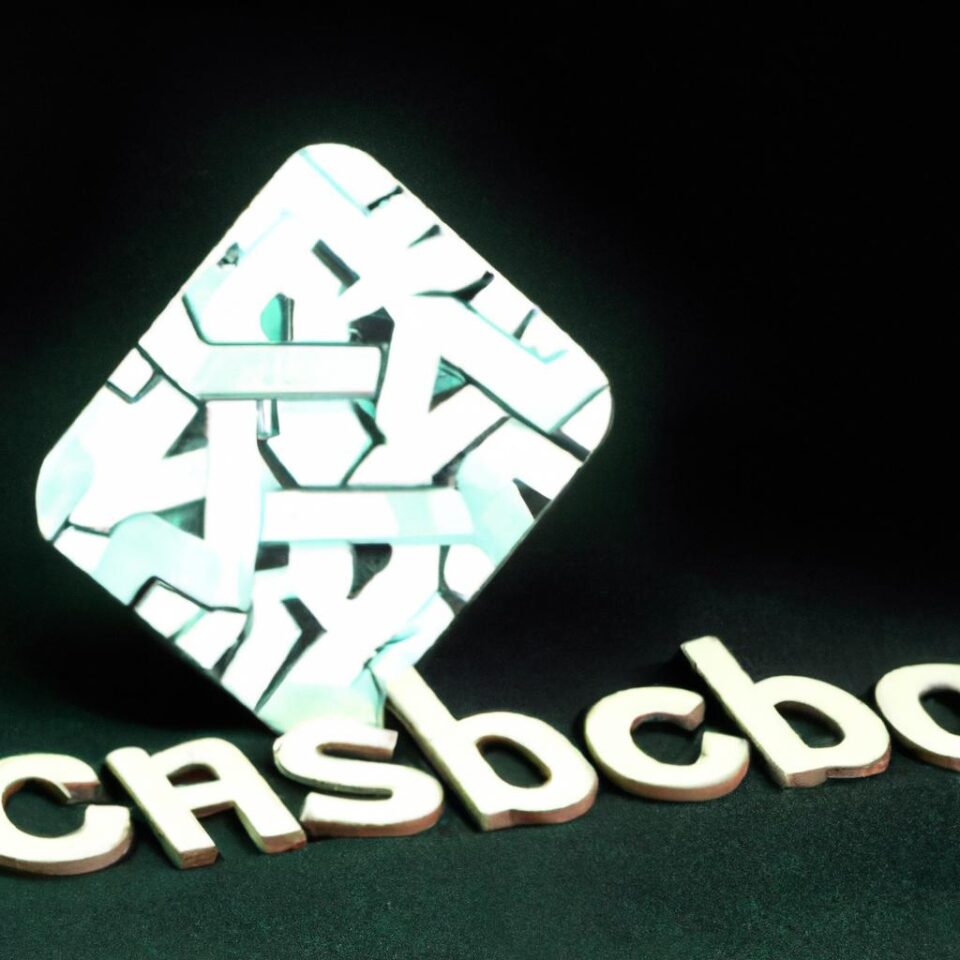Introduction
Blockchain is a type of distributed ledger technology that offers an immutable, secure, and transparent record-keeping system. It was originally invented in 2008 to serve as the public transaction ledger for Bitcoin – the world’s first cryptocurrency. Blockchain allows for digital transactions to take place without the need for an intermediary or a trusted third party, which makes it an attractive option for software developers and users alike.
At its core, blockchain technology allows for the secure exchange of data in a decentralized manner. By decentralizing data, blockchain technology ensures that no single party has complete control over the data, thus reducing the risk of data tampering or manipulation.
Software developers are increasingly turning to blockchain technology to create innovative applications that can be used in many different industries. Furthermore, blockchain technology offers key advantages over traditional software development such as security, immutability, and transparency.
In this guide, we will explore why blockchain technology is important in software development, its various applications, benefits, implementation considerations, and security considerations. Let’s dive in!
Overview of Blockchain Technology
Blockchain technology is an innovative system of digital ledgers that are used to securely and transparently record data. It works by having computers around the world connect to create a decentralized, distributed ledger. This ledger is then used to track and store information, such as financial transactions, digitally. Every transaction is cryptographically secured and immutable, meaning it cannot be changed or reversed after it has been recorded.
Visuals and diagrams can be used to illustrate how and why blockchain technology works. For example, a diagram could show how different computers are connected to form a peer-to-peer network, and how the interconnected ledger ensures that all transactions are securely stored and updated. Another visual can explain the cryptography behind the blockchain technology and how it provides security and immutability for the stored data.
It is important to note that the decentralized nature of blockchain technology means that it is not dependent on any single entity or organization for its operation. Instead, it relies on the cooperation and consensus of all the nodes in the network to ensure that all records are valid and secure. This makes the data stored on the blockchain highly reliable and resistant to tampering.
Applications in Software Development
Blockchain technology is rapidly being adopted across many industries, but it is especially useful for software development. There are numerous applications of blockchain technology that can be used to simplify and improve software development processes. Some of the most common examples include:
- Decentralized storage and data sharing;
- Smart contracts;
- Secure authentication and authorization;
- Software copyright and licensing;
- Data privacy and security;
- Privacy-preserving computing;
- Improved collaboration and communication.
For example, decentralized storage could allow software developers to store data on a distributed network, ensuring that it remains secure and tamper-proof. Smart contracts, on the other hand, enable automated transactions between two or more parties, which can help speed up the software development process.
Furthermore, blockchain technology can also provide secure authentication and authorization solutions, allowing developers to access protected data and applications securely. Software copyright and licensing can be managed and secured using blockchain, providing improved protection for software developers’ intellectual property.
Finally, blockchain technology can be used to improve data privacy and security, enabling better protection for users’ personal information. Privacy-preserving computing makes it possible for users to protect sensitive data while preserving data usability. Additionally, blockchain can facilitate improved collaboration and communication, allowing teams to work together efficiently.
Benefits of Using Blockchain Technology
Using blockchain technology in software development offers a range of advantages to organizations, allowing for a wide variety of applications. With blockchain technology, data is secured via cryptography which makes it virtually impossible to manipulate and corrupt. It also provides transparency, since all activity is documented in the immutable ledger that can be accessed by all authorized users. This enables organizations to quickly identify and resolve issues. Additionally, blockchain can help reduce costs associated with transaction fees and forms of cyber crime such as identity theft since the blockchain’s decentralized nature prevents hackers from accessing sensitive information.
Although there are many benefits to using blockchain technology, there are also potential drawbacks. For instance, it can be a complex process to implement and requires a good understanding of the technology. As well, blockchain technology is still relatively new and there may be compatibility or performance issues with certain software. Lastly, some countries have implemented regulations and laws that raise questions about the legality of blockchain technology.
How to Implement Blockchain Technology
When it comes to implementing blockchain technology into an organization’s software development projects there are several steps that must be taken. In order to succeed, it is important to have a comprehensive understanding of the technology as well as a clear strategy for implementation.
The first step in implementing blockchain technology is to determine if it is the right fit for the company. This involves researching the available technologies, understanding the advantages and disadvantages, and comparing it to other solutions. Once the company has determined that blockchain is the best solution, they will need to devise a plan to integrate it into their existing software development processes.
The next step is to create a team of experts who understand the technology and can provide guidance on how to properly implement it. This team should include people from both the technical and managerial sides of the business. They will be responsible for building the necessary infrastructure and developing the appropriate applications.
It is also important to consider legal, regulatory, and compliance issues when implementing blockchain technology. An experienced lawyer should be consulted to ensure that the process conforms to all applicable laws and regulations. Additionally, it may be necessary to have a plan in place to address potential privacy and security concerns.
Once the foundation has been established, the team can begin building the applications and integrations with existing software. This process can be quite complex and will require significant resources and expertise to ensure a successful outcome. During this phase, it will be crucial to keep track of progress and document any changes or issues.
Finally, after the initial integration is complete, it is important to monitor and maintain the system. This includes staying up to date with the latest developments in the technology, assessing security risks, and responding to user inquiries. Ensuring a successful implementation will require ongoing effort and dedication.
Security Considerations
When utilizing blockchain technology, it is important to consider the security implications that come with the technology. As with any technology, there are potential risks associated with its use, and this must be taken into account when implementing blockchain technology.
There are several potential areas of security risk that must be addressed. For instance, the blockchain technology itself is vulnerable to attacks that can disrupt the network, such as 51% attacks. Additionally, blockchain applications may also be subject to malware or other malicious actors in order to gain access to user data.
Luckily, there are ways to improve the security of blockchain technology. One method is to use smart contracts, which are designed to be secure by verifying transactions before they are added to the blockchain. Additionally, the use of cryptography can ensure that only authorized parties have access to the data stored on the blockchain. Finally, organizations should ensure they have adequate security protocols in place to help prevent unauthorized access.
By taking the appropriate steps to address security issues, organizations can ensure their blockchain technology is secure and protected from potential threats.
Concluding Remarks
In conclusion, there are many benefits to using blockchain technology in the software development industry. Not only does it provide more secure data storage and better protection against hacking, but it also allows for quicker and more efficient transactions and operations. Blockchain technology can be implemented in an organization’s software development process by following the steps laid out in this guide. Security should always be taken into consideration when working with blockchain technology, as it is inherently vulnerable to cyber attacks.
We hope this guide has been helpful in understanding the basics of blockchain technology and its applications in software development. For further information or resources, please refer to our online sources listed below.
comments: 0

